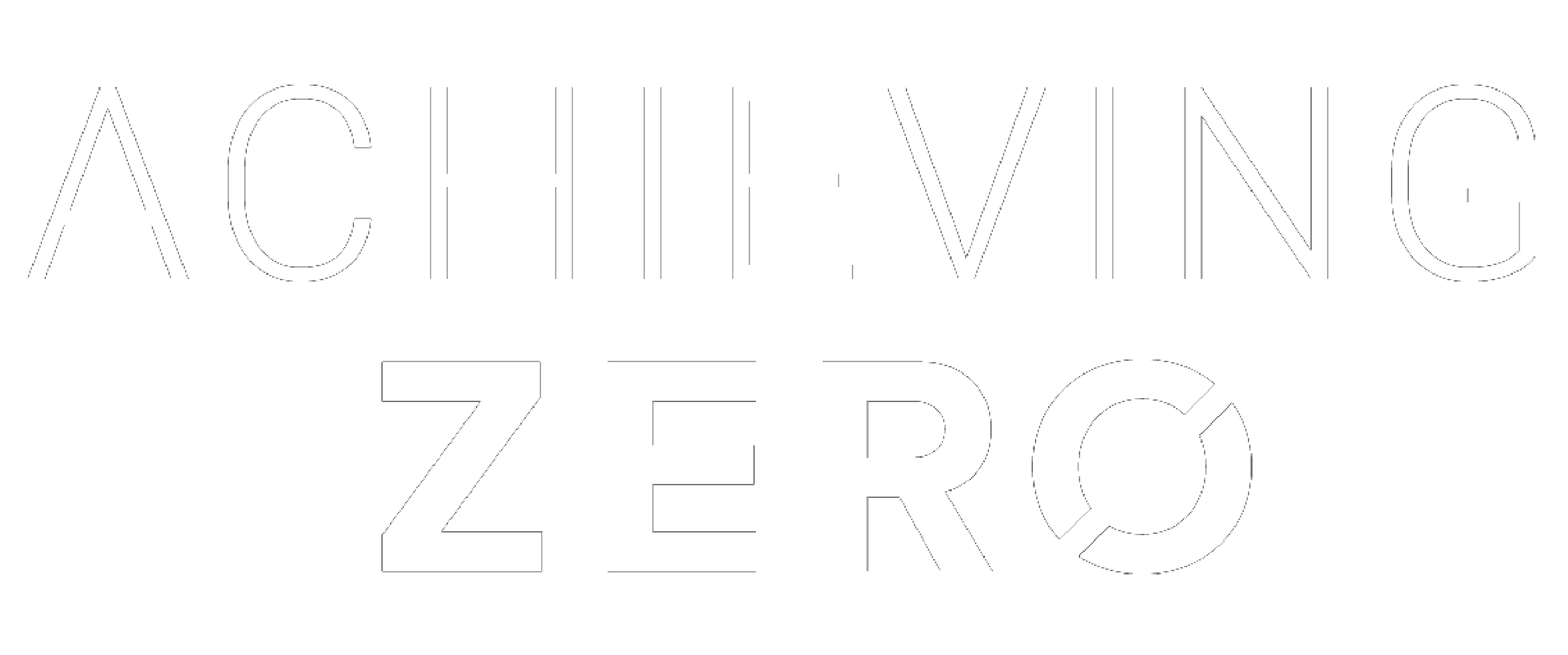RESOURCES
BUILDING INTERVENTION POINTS
Building intervention points represent key points in the lifespan of a building where there is potential to align and integrate building energy upgrades with existing capital improvement and major renovation cycles. By integrating efforts to impact energy use, GHG emissions, equity, and resilience at these key intervention points, the cost, disruption, and other burdens incurred by building owners and users can be significantly reduced while critical performance improvements are achieved.
Establishing policies at these points is a key strategy for accelerating building energy upgrades, both in frequency and impact. Selecting the most appropriate intervention points will depend on the physical, economic, and cultural characteristics of each jurisdiction’s local building sector. Policymakers should employ a combination of quantitative analysis and qualitative assessment with community stakeholders to determine the greatest opportunities to positively impact climate, equity and resilience goals in the building stock .
*Includes contributions from New Buildings Institute
Building intervention points occur throughout the lifecycle of a building, including during:
- BUILDING DESIGN & CONSTRUCTION
- BUILDING LEASE/RENTAL
- BUILDING SALE
- BUILDING RENOVATION
- BUILDING MAINTENANCE & MAJOR SYSTEM REPLACEMENT
- BUILDING RESILIENCE UPGRADE
BUILDING INTERVENTION POINTS
The following table provides a summary of conventional building intervention points and their application, which can serve as a starting point for evaluating building energy upgrade policy options. Additional intervention points should be identified with community partners and other building stakeholders that may complement existing community development and city planning efforts.
Building Point of Lease / Rental
City Context Where Intervention Point is Most Applicable:
- Large stock of apartments or leased properties
- Large transient populations (e.g. students, seasonal workers)
- High value / competitive rental market
Key Stakeholders:
- Renters / Tenants
- Housing Commissions
- Building Managers
Building Point of Sale
City Context Where Intervention Point is Most Applicable:
- Highly active or valuable real estate market
- Frequent building turnover rates (3%+ annually)
Key Stakeholders:
- Building Owners
- Real Estate Investors / Lenders
- Realtors
Read more about Building Point of Sale
Building Renovation
City Context Where Intervention Point is Most Applicable:
- Large institutional or long-term building owners (e.g. universities, hospitals, government)
- Historically significant building stock
- Limited rates of new construction
Key Stakeholders:
- Building Owners
- Building Tenants
- Historical Commissions
- Contractors & Trades
- Utilities
Building Maintenance & Major System Replacement
City Context Where Intervention Point is Most Applicable:
- Aging building stock
- Prevalence of legacy building systems (e.g. fuel oil heating, incandescent lighting)
Key Stakeholders:
- Building Owners
- Landlords
- Building Managers
- Systems Installers & Contractors
Building Resilience Upgrade
City Context Where Intervention Point is Most Applicable:
- Geographic risk of fire, flood, or seismic events
- Predominance of weather extremes (hot/cold)
- Existing policies or programs for resilience / life safety retrofits for older structures
Key Stakeholders:
- Home Owners
- Building Managers
- Health & Safety Regulators

